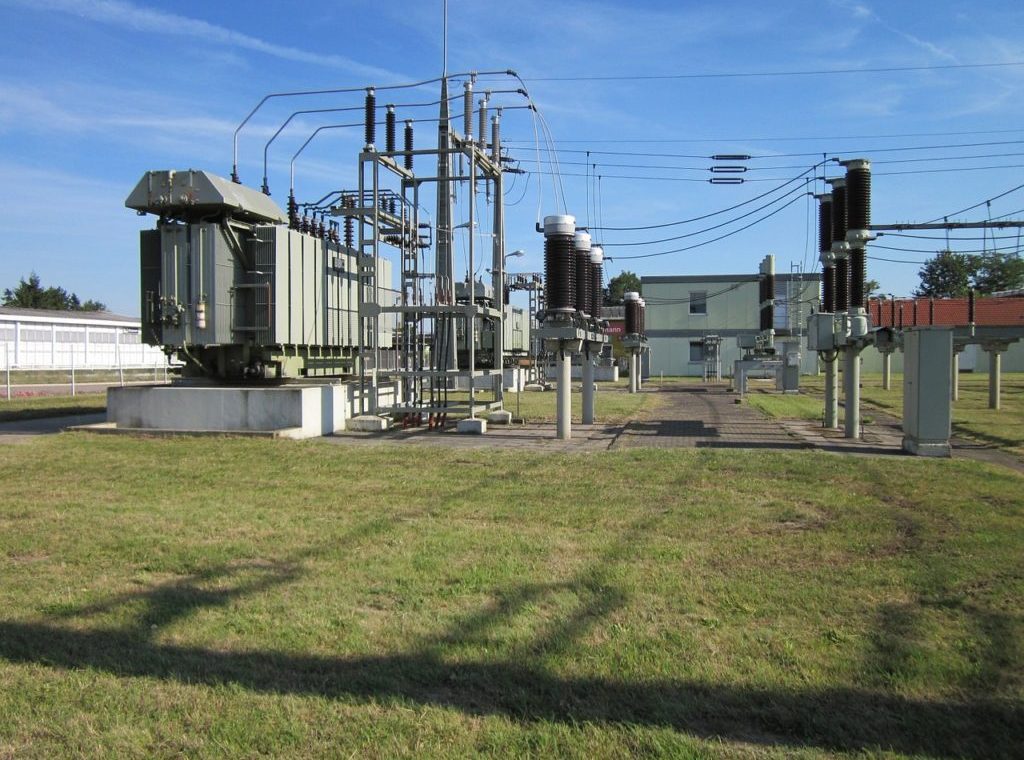A transformer is a piece of electrical equipment that transfers electrical energy from one electric circuit to another without changing the frequency using the electromagnetic induction principle. Typically, a change in voltage and current triggers the energy transfer while transformers change the AC voltage in one of two ways.
There are many different needs that electric transformers can fill. Some transformers, such as those at power plants or those small enough to fit in your hand and be used with a camera charging cradle, can reach heights of several stories. Whatever its size or shape, a transformer’s function—which is to change one type of electrical power into another—remains the same.
Working Principle of a Transformer
Transformers use magnetic coupling to transfer electrical power from one AC circuit to another, not producing any electricity itself. The magnetic flux generated in the transformer by the current flowing through the windings, sometimes referred to as coils, is employed to provide a regulated path through the transformer’s core.
The fundamental electric transformer is composed of four main components. The input connection, output connection, windings or coils, and the core are the components.
Connections at the Input – Because the primary electrical power to be transformed is connected at this location, the input side of a transformer is also referred to as the primary side.
Output Connection: The electrical power is transferred to the load through the transformer’s output side, also known as the secondary side. The incoming electric power is either increased or lowered depending on the demands of the load.
Winding: Transformers have two windings, which are the primary winding and the secondary winding. The primary winding is the coil that takes energy from the source. The secondary winding is the coil that delivers electricity to the load at the modified or converted voltage. These two coils are often divided into several coils to reduce flux production.
Core: The magnetic flux produced in the electric transformer is directed along a regulated route by the transformer core. The core often consists of numerous thin laminated steel sheets or layers rather than a single solid steel bar. Heating is lessened and eliminated with the aid of this structure.
Core Type and Shell Type are the two main types of cores found in transformers. The arrangement of the primary and secondary coils around the steel core distinguishes these two types from one another.
Core Type: In this type, the laminated core is encircled by the windings.
Shell Type: With this design, the laminated core encloses the windings.
Alternating current begins to flow in the primary winding when an input voltage is provided to it. A shifting magnetic field is created in the transformer core as the current passes. An alternating voltage is generated in the secondary winding as this magnetic field cuts through it.
The key to distinguishing the type of transformer and the output voltage is the ratio between the number of real turns of wire in each coil. The ratio of the number of turns between the two windings and the output voltage to the input voltage is the same.
If the secondary winding contains more wire turns than the primary winding, the output voltage of the transformer will be higher than the input voltage. A ‘step-up transformer’ is one that steps up the output voltage. The output voltage is lower if the secondary winding has fewer turns than the primary winding. This is called a ‘step-down transformer’.
Get The Best Transformer
When it comes to purchasing electric items like transformers, it is important that you choose a supplier that does not compromise on quality. You can do online research to get information on transformer suppliers. With the available email id and phone number on their website, the suppliers can be contacted easily.

“Devoted organizer. Incurable thinker. Explorer. Tv junkie. Travel buff. Troublemaker.”







